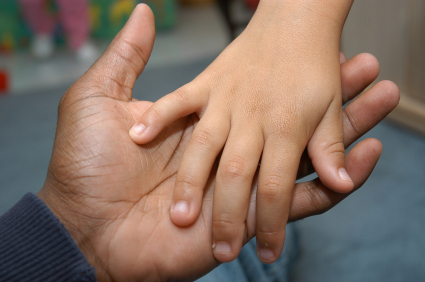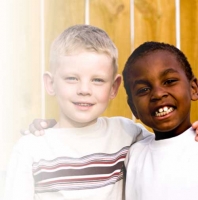Vulnerable Infants and Children course for Nurses


This session will look at types of vulnerability that you are likely to encounter in children and young people you see in your everyday practice. It links in closely with the previous module Family health and with the modules ahead. It should encourage you to think of child vulnerability in a broad and thoughtful way.
Learning objectives
By the end of this session you will be able to:
- Explain what is meant by ‘vulnerable’ and list four categories of vulnerability factors
- List three factors which make a child vulnerable and the effects they can have on a child
- Explain the importance of early intervention in improving outcomes
- Outline some of the challenges of providing child health promotion services to vulnerable children and give examples of strategies for overcoming these challenges
Due to their age, a child will always be more at risk of coming to harm in adverse circumstances due to their limited capacity for self-protection. These factors may be multiple and interplay to increase the risk to the child further, which we will explore in this session.
Identifying vulnerable children is important in order to improve outcomes through early intervention and prevent problems from escalating and the child coming to harm.
Dr Andrea Goddard is a consultant paediatrician at St Mary’s Hospital, Paddington and clinical lead for child protection at Imperial College Healthcare NHS Trust.
She is also Honorary Senior Lecturer at the Faculty of Medicine, Imperial College, London and Designated Doctor for Child Protection for NHS Westminster and Lead Paediatrician for the three London Sexual Assault Referral Centres.
Her interest in social paediatrics and child maltreatment is complemented by an interest in adolescent health and child rights.

- Anaesthesia | Paediatrics | Pharmacokinetic,Pharma...
- Posted By eIntegrity Healthcare e-Learning
- Posted Date: 2024-11-18
- Location:Online
- This session will provide an overview of pharmacokinetic (PK) maturation during infancy and the use of size models to describe PK differences between children and adults. It will go on to describe known pharmacodynamic (PD) differences and consider the im
- Anaesthesia | Paediatrics | Opioids In Paediatrics...
- Posted By eIntegrity Healthcare e-Learning
- Posted Date: 2024-11-18
- Location:Online
- This session looks at practical opioid pharmacology applied to the clinical use of different agents for neonates, infants and small children.
- Anaesthesia | Paediatrics | Advanced Paediatric Li...
- Posted By eIntegrity Healthcare e-Learning
- Posted Date: 2024-11-18
- Location:Online
- This session addresses the advanced management of the critically ill child and the child in cardiac arrest.
- Anaesthesia | Paediatrics | Head Injury
- Posted By eIntegrity Healthcare e-Learning
- Posted Date: 2024-11-18
- Location:Online
- This session describes the principles of stabilisation and management of a child with a head injury and how this differs from the management of an adult patient. This includes methods of assessment, effects and management of raised intracranial pressure,
- Anaesthesia | Paediatrics | Multiply Injured Child...
- Posted By eIntegrity Healthcare e-Learning
- Posted Date: 2024-11-18
- Location:Online
- This session looks at the initial management and stabilization of the multiply injured child with reference to published trauma guidelines.







